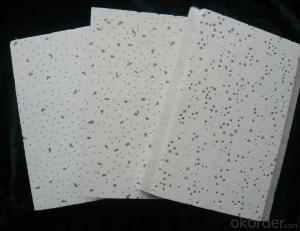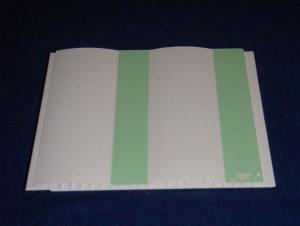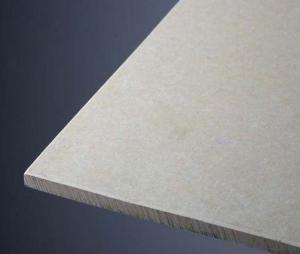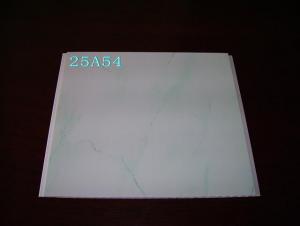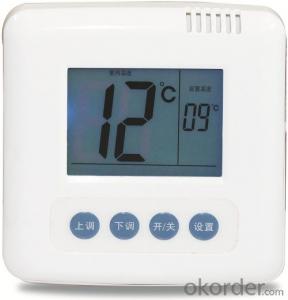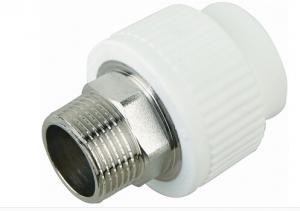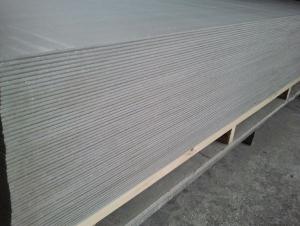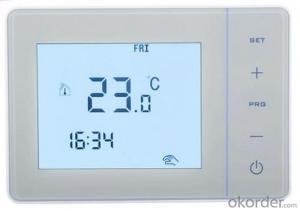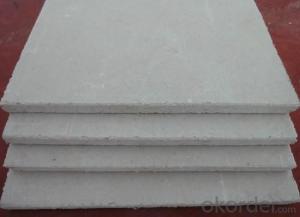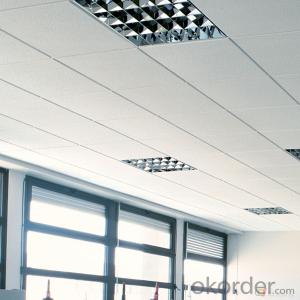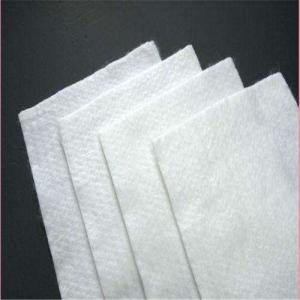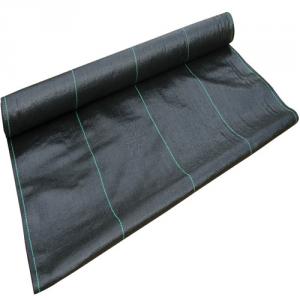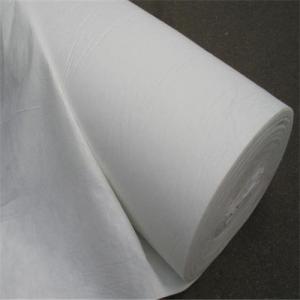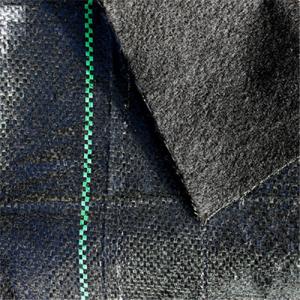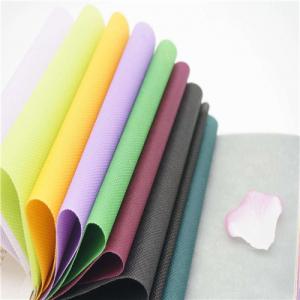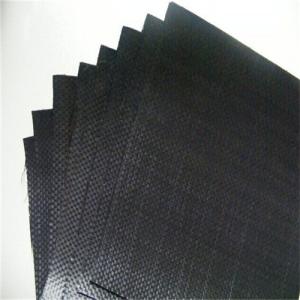Fabric Formwork For Concrete
Fabric Formwork For Concrete Related Searches
Led Lamps For Ceiling Micro Inverter For Solar Panel Solar Panel Inverter For Rv Fiberglass Panels For Roofing Decorative Lights For Ceiling Lights For Kitchen Ceiling Lights For Fall Ceiling Hanging Ceiling Chairs For Bedrooms 42 White Ceiling Fan With Light Solar Panel Kit With InverterHot Searches
Steel Mesh Panels For Sale Price For Stainless Steel Scrap Scrap Price For Stainless Steel Price For Stainless Steel Stainless Steel Plate For Sale Stainless Steel Tank For Sale Stainless Steel Sheets For Sale Cheap High Tea Sets For Sale Stainless Steel Tanks For Sale Stainless Steel For Sale High Density Fiberboard For Sale Solar Hot Water Collectors For Sale Scaffolding For Sale In Uae Scaffolding For Sale In Ireland Scaffolding For Sale In Houston Type Of Inverter For Solar Price Of Shipping Containers For Sale Types Of Inverter For Solar Stock Price For Aluminum Steel Mesh Panels For SaleFabric Formwork For Concrete Supplier & Manufacturer from China
Okorder.com is a professional Fabric Formwork For Concrete supplier & manufacturer, offers integrated one-stop services including real-time quoting and online cargo tracking. We are funded by CNBM Group, a Fortune 500 enterprise and the largest Fabric Formwork For Concrete firm in China.Hot Products
FAQ
- The outside of the blind tube is not to be with the geotextile 1 effect will be better?
- Plastic blind ditch is a new geosynthetics, is composed of plastic core wrapped outside the filter composition. At present the plastic core has several different cross-sectional shape rectangular, hollow rectangular, circular and hollow circular species structure of the plastic blind ditch products. Pass the water to see the original tie & gt; & gt;
- There are several different types of geotextiles, including woven geotextiles, non-woven geotextiles, and knitted geotextiles. Each type has unique characteristics and is used for various applications in civil engineering and construction projects.
- Yes, geotextiles can be used for erosion control in golf courses. Geotextiles are commonly used to stabilize soil and prevent erosion by providing a barrier against water flow and promoting vegetation growth. This can be particularly beneficial in golf courses where erosion can occur due to heavy rainfall, slope instability, or foot traffic. By installing geotextiles in strategic areas, such as on steep slopes or around water bodies, golf courses can effectively control erosion and maintain the integrity of their grounds.
- Geotextiles help with the reinforcement of geotextile containers by providing additional strength and stability. They are placed inside the containers to prevent soil erosion and improve the overall structural integrity. Geotextiles act as a barrier, distributing the forces exerted by the contained material and enhancing its load-bearing capacity. Additionally, they allow for the proper drainage of water, reducing the risk of water buildup and potential damage.
- Geotextiles aid in the reduction of pore water pressure by providing a barrier that allows water to flow through while preventing the movement of fine soil particles. This helps to maintain the stability of soil structures, as the geotextile acts as a filter, allowing excess water to drain away and reducing the build-up of pressure within the soil.
- Some of the different methods of geotextile installation include trenching and backfilling, direct placement, and anchoring. Trenching and backfilling involves excavating a trench, laying the geotextile in the trench, and then backfilling it with soil. Direct placement involves simply placing the geotextile on the intended surface without any additional steps. Anchoring involves fixing the geotextile to the ground using various anchoring techniques such as stakes, pins, or sandbags. These methods can be chosen based on the specific project requirements and site conditions.
- Some of the key design considerations for geotextile-reinforced pavement systems include selecting the appropriate type and quality of geotextile, determining the required reinforcement strength, considering the expected traffic loads and patterns, evaluating the subgrade conditions, ensuring proper installation and compaction of the geotextile, and assessing long-term durability and maintenance requirements. Additionally, factors such as drainage, stability, and environmental impact should also be taken into account during the design process.
- Yes, geotextiles are suitable for use in dam construction. They can act as filters, separators, and reinforcements, providing erosion control, soil stabilization, and increased strength to the dam structure. Geotextiles can help prevent seepage, improve drainage, and enhance the overall performance and longevity of the dam.


